| Structure | Name/CAS No. | Articles |
|---|---|---|
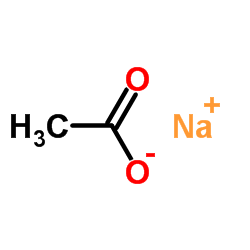 |
Sodium acetate
CAS:127-09-3 |
|
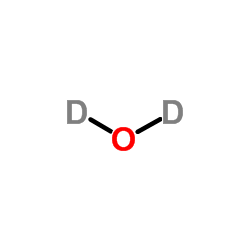 |
Heavy water
CAS:7789-20-0 |
|
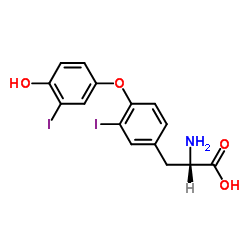 |
3,3'-diiodo-L-thyronine
CAS:4604-41-5 |
|
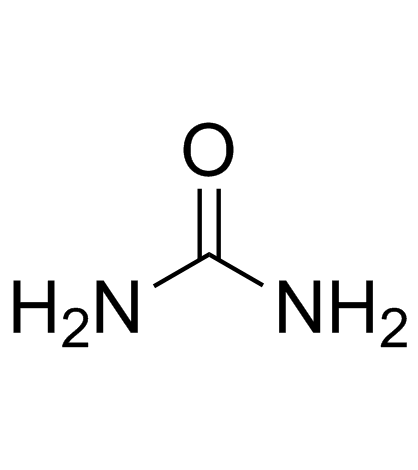 |
Urea
CAS:57-13-6 |
|
 |
Water
CAS:7732-18-5 |
|
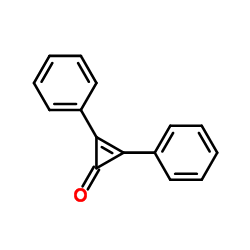 |
DPC
CAS:886-38-4 |